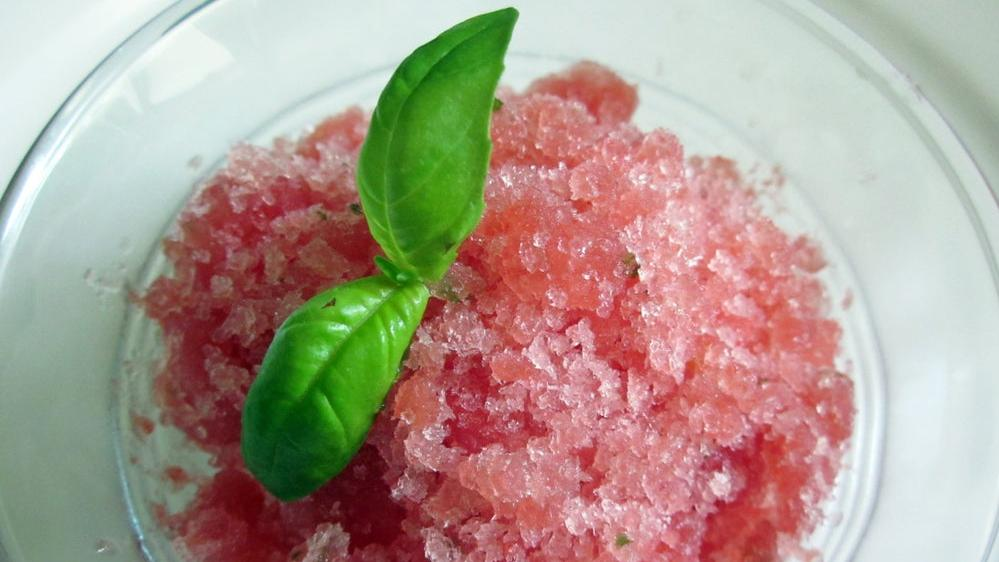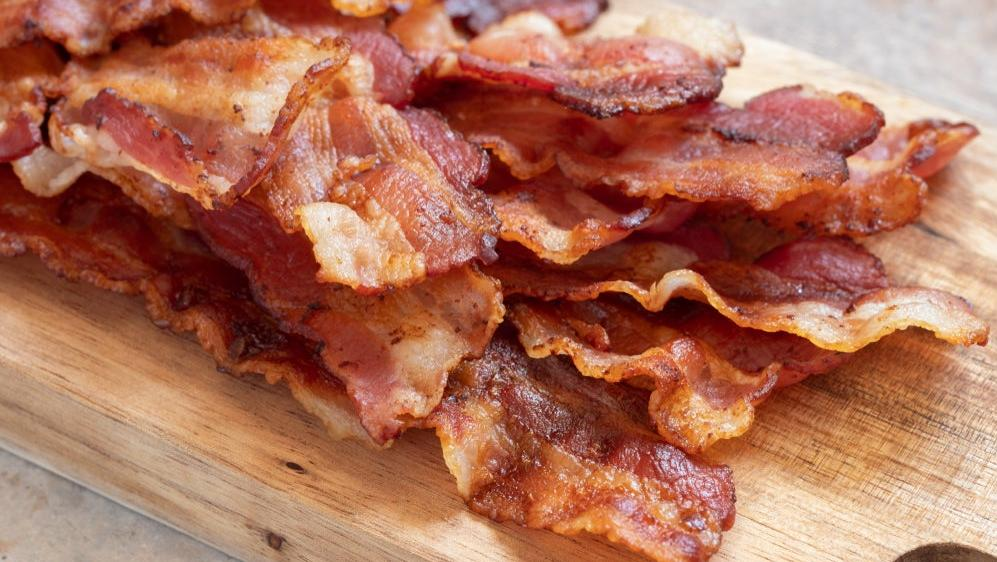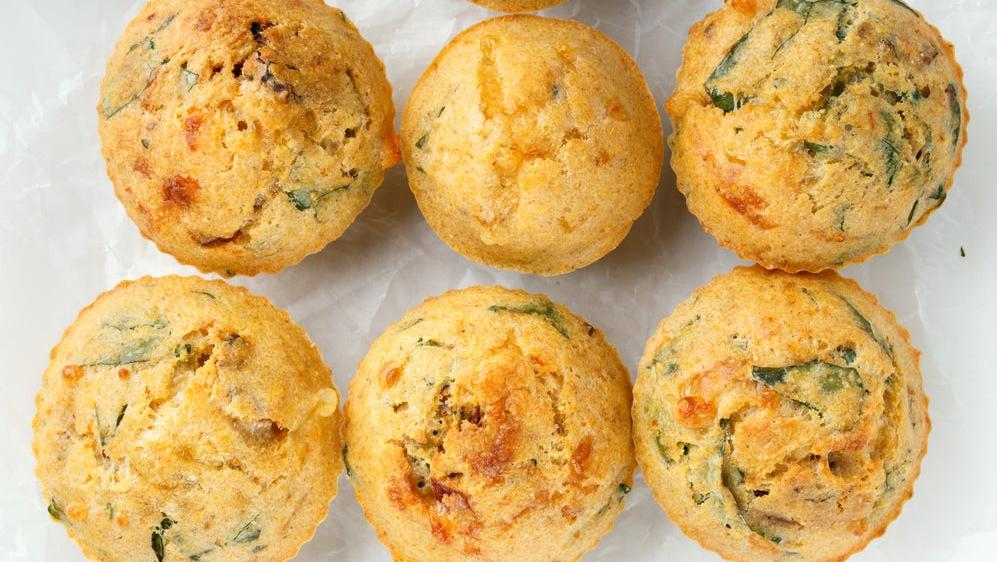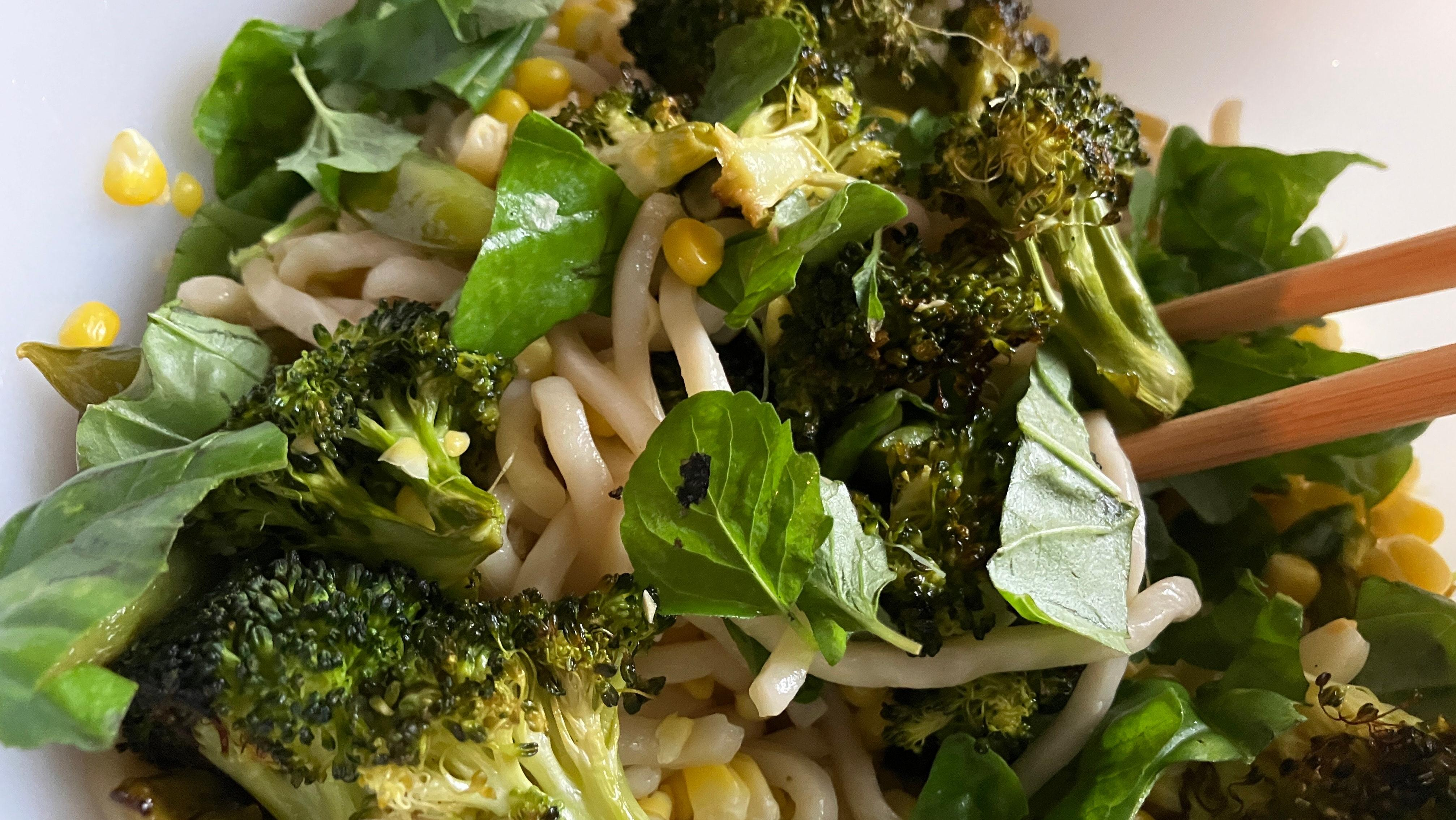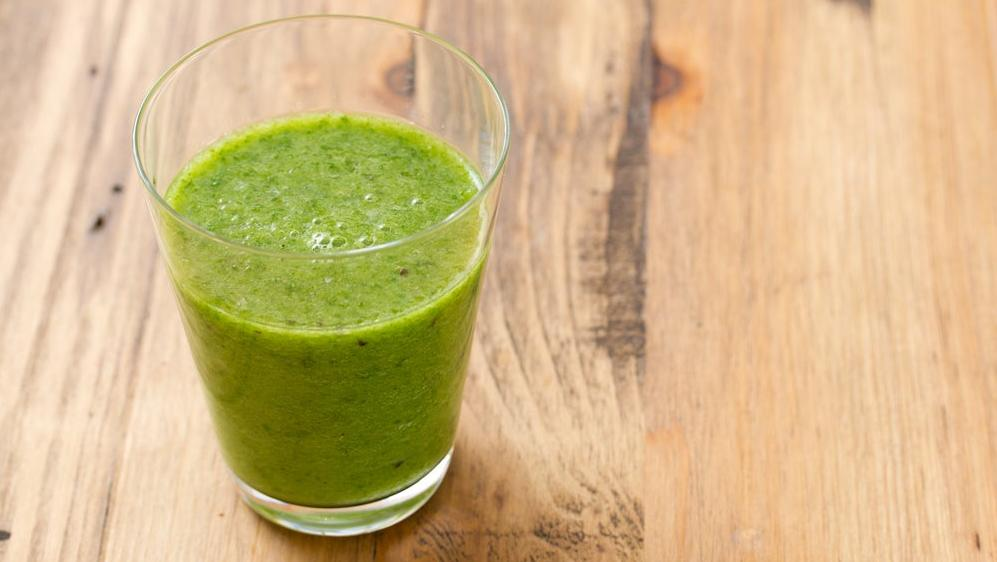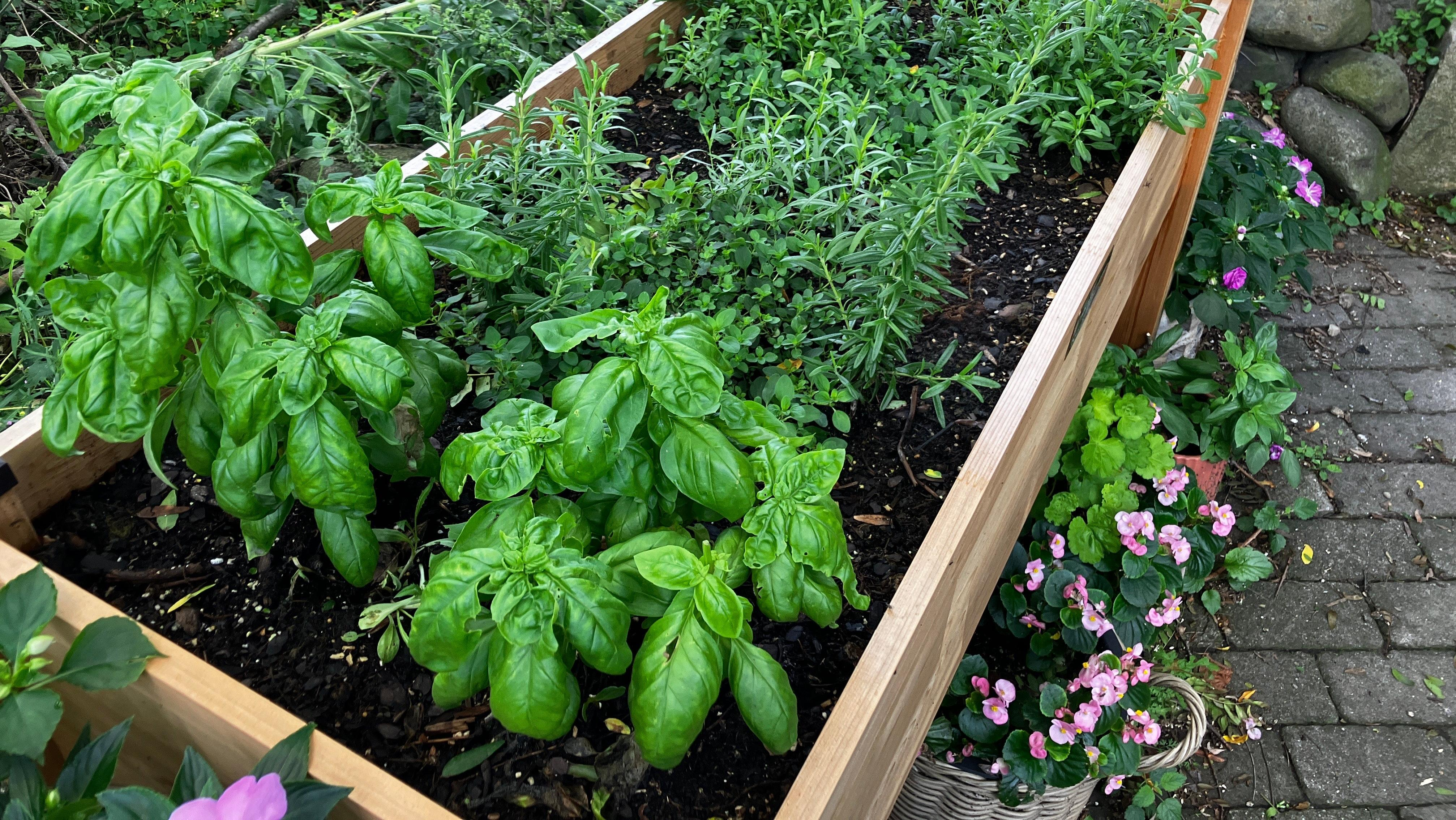4 Great Uses For Basil, Beyond Pesto And Caprese
America's favorite herb can uplift all kinds of recipes.
When I dined with a business contact at the famed Four Seasons restaurant, we were visited by the chef, who was a friend of his. The chef sent dishes to our table we hadn't ordered (on the house), one of which was a bright green sorbet that turned out to be basil granita. The combination of bright flavor and icy texture was an eye-opener, and I went home with the recipe. (That one was sized to make a gallon, but this version is pretty close.)
For many cooks who like to garden, basil spells summer. It's an easy herb to grow, whether outside or on a windowsill. Given some sunshine and regular rain, it will take off—so much that you can run out of ideas for using it. But basil is surprisingly versatile, and its many uses aren't necessarily ones you've thought about before.
Basil granita is just one way you can liven up your repertoire. Another is to deploy different types of basil: Many people are most familiar with flat-leafed Genovese basil, but you also might want to deploy shiso, the minty Japanese version, or a slender-leaved Thai basil. Whichever strikes your fancy, consider these uses.
Swap in basil and make a BBT
I'm not a fan of iceberg lettuce, but that doesn't keep me from making a great sandwich with ripe tomatoes, bacon, and mayonnaise. I simply swap in big basil leaves for the lettuce; they borrow a note from a Caprese salad, and they also make for a sandwich that's a little easier to eat since you're not dealing with the excess water of the iceberg lettuce. When assembling your BBT, toast the bread, add your favorite mayo, then a layer of basil leaves (look for the biggest ones in your bunch). Top with tomato and bacon, or if you're a vegetarian, just go with good tomatoes.
Use basil in your baked goods
Depending on the type of basil you use, this herb can liven up your baked goods. It's especially good in muffins and scones that are on the savory side. I've made these spinach, cheddar, and basil muffins, which are perfect with an omelet or other egg-based brunch dishes. With zucchini beginning to abound, you could try these basil-zucchini muffins, too. Basil also combines nicely with Parmesan for a muffin that has a pesto vibe—top it with pine nuts for even more of an homage.
Add basil to sweet corn
I was using up some veggies in my fridge recently when I had a basil revelation. I roasted the last of this season's Michigan asparagus, along with the beginning of the summer sweet corn. I added them to a noodle bowl, dressed it with some Japanese yuzu barbecue sauce, and showered the mix with mint and basil from my garden. The basil and corn found each other like long-lost friends, and the combination of toothsome corn and soft leaves was delicious. Here's a corn salad where basil plays a leading role. This is a good place to try shiso basil, if you are growing it in your garden or can buy it at your farmer's market.
Use basil in a smoothie
I was delighted to try the zucchini-blueberry smoothie in Cynthia Graubart's new book, Zucchini Love, because it presented a new use for an often maligned vegetable. As it turns out, basil is a nice touch in a smoothie, too. It pairs nicely with many fruits, including strawberries and blueberries, and it goes particularly well with mango. A basil-mango smoothie works nicely with Thai basil, which has a stronger, spicy flavor than the Italian variety. Raspberry and basil is another great combination, and smoothies are a great use for early summer raspberries that are soft and squishy.
Tips for using basil
- Basil releases its full flavor when the leaves are torn or cut in thin ribbons, the latter of which is called a chiffonade. To get those slices, bundle several basil leaves together, like you're crafting a cigar or rolling a doobie. With a knife or scissors, cut narrow strips, about 1/8" to 1/4" wide. You can do this right over your dish, or on a separate plate to then shower onto your food.
- If you buy or pick a big bunch of basil, place it in a zip-top bag with a folded piece of damp paper towel. Try not to let the wet paper touch the basil leaves directly, or the herb can disintegrate. Alternatively, put the stems in a glass with about an inch of water, cover with a plastic bag (like the kind from the produce section), and secure with a twist tie or rubber band. Place the glass in a cooler part of the kitchen. The evaporation should keep your basil fresh for up to a week.
- Use up excess basil by getting a head start on your next salad dressing. Thinly slice the leaves, like a chiffonade, and place them in the compartments of ice cube trays. Cover with olive or vegetable oil (some people prefer a neutral oil) and freeze for a few days. Melted cubes can be mixed with light vinegar and some salt and pepper for an easy vinaigrette. You can also pop the frozen cubes directly into soups and stews; the heat will melt them, and then you can stir in the basil and oil.
